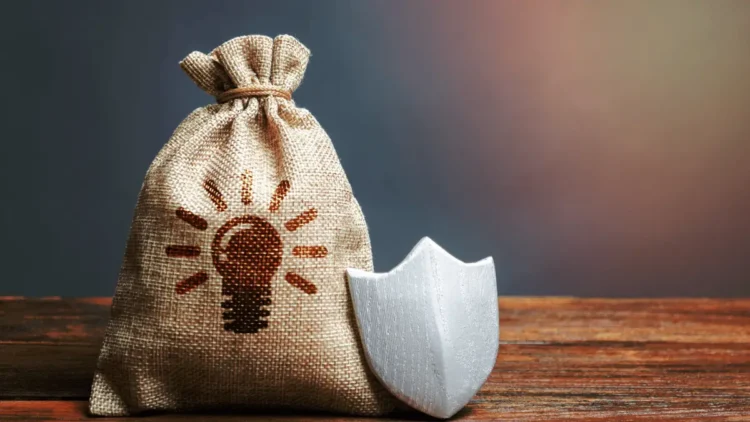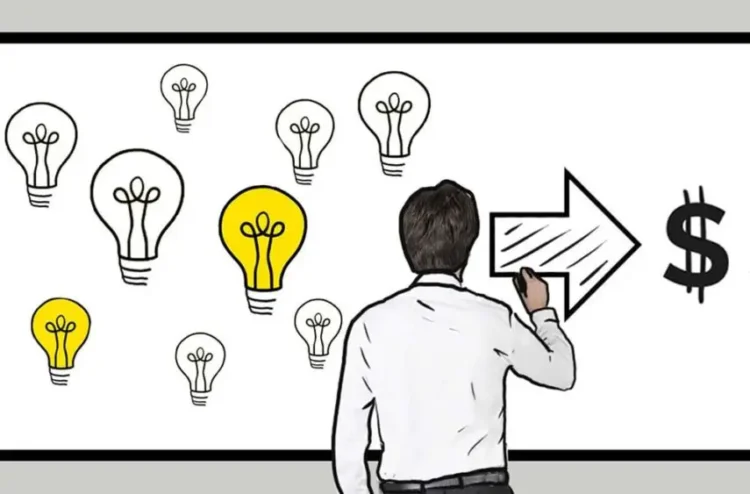Every so often, we’re graced with a eureka moment, the spark of a potentially groundbreaking invention idea. This initial thrill can be overwhelming, illuminating a path towards a brighter future. However, while the concept might be solid, transforming it into reality requires dedication, strategy, and proper execution. In this post, we’ll guide you through the labyrinth of turning your brilliant flash of inspiration into a tangible, successful invention, ensuring your idea doesn’t just remain an idea.
The Value of Invention Ideas
Throughout history, invention ideas have been paramount catalysts driving human progress. From tech to healthcare, these sparks of inspiration have paved the way for transformative changes, manifesting into tangible products or services that have changed the course of industries.
Think about the wheel, the light bulb, or even the internet; these weren’t just fleeting thoughts. They were ideas that underwent rigorous development and execution. However, the journey from conception to realization is fraught with challenges. A brilliant idea, without proper nurturing and execution, can easily get lost in the cacophony of the modern world.
Evaluate Your Invention Idea

Holding a potentially revolutionary idea is exhilarating, but before committing time, energy, and resources, it’s pivotal to evaluate its viability. Does it truly stand out? Does it address a real-world issue or fill a market gap? Here’s an enriched checklist to guide your introspection:
- Uniqueness: How does your invention differ from existing solutions? Is there a significant differentiator?
- Feasibility: Technically and financially, can you bring this idea to life? Are there insurmountable barriers?
- Potential Impact: Beyond novelty, how will it enhance the lives of its users? What’s its long-term value proposition?
- Scalability: If the invention proves successful, can it be mass-produced, adapted, or expanded to cater to a wider audience?
As you dive into these queries, more details might emerge, nuances you hadn’t considered.
It’s wise, then, to seek out mentorship, perhaps from industry veterans, or to lean on innovation platforms for guidance.
Protecting Your Invention

As you nurture your idea, safeguarding it from potential copycats and competitors becomes imperative. This is where understanding intellectual property (IP) rights comes into play. IP not only protects your invention but can also enhance its market value. Consider the following options:
- Patents: These provide exclusive rights for your invention, preventing others from making, selling, or using it without permission.
- Trademarks: Protect your brand, logo, or product name, ensuring it remains distinct and recognizable.
- Copyrights: Ideal for artistic creations, they protect against unauthorized replication or distribution.
- Trade Secrets: Some inventions are best kept secret. Ensure confidentiality agreements are in place, especially during early discussions.
Navigating the legal landscape of IP can be daunting. Engage with legal professionals to ensure you’re on the right track and to avoid potential pitfalls and this you can do if you check this.
Building a Prototype

Visualizing your idea is a crucial step in the invention process. A prototype, even a rudimentary one, can transform your concept from abstract to concrete. Here’s why and how:
- Visualization: It provides a tangible representation, allowing you to understand your invention’s form and functionality better.
- Feedback: A prototype facilitates early feedback, revealing areas of improvement before large-scale production.
- Investor Attraction: It’s easier to secure funding with something tangible to show potential investors.
- Cost-effective Development: Start simple. Use materials at hand or consider 3D printing for initial models. As you refine, you can explore more durable or production-ready materials.
Remember, the goal isn’t perfection but clarity. Your prototype should effectively convey your invention’s purpose and potential.
Securing Funding

Transforming your idea into reality often requires capital. Whether it’s for research, manufacturing, or marketing, funds can accelerate your invention’s journey. Consider these avenues:
- Crowdfunding: Platforms like Kickstarter allow you to present your idea to the public. It’s a great way to gauge interest and secure initial funding.
- Angel Investors & Venture Capitalists: They provide capital in exchange for equity or convertible debt in your invention.
- Grants: Many governmental and private organizations offer grants for innovative ideas, especially those that address societal challenges.
- Bootstrapping: Using personal savings or revenue from initial sales to finance your invention is a viable option, though it might limit growth speed.
Be transparent and realistic when seeking funding. Clearly articulate how funds will be used and the potential returns on investment.
Creating a Business Plan

While an idea might be the spark, a business plan is the blueprint that guides your invention’s journey from concept to market. It’s an indispensable tool, not just for attracting investors but for steering the strategic direction of your endeavor. Consider these key components:
- Executive Summary: A concise overview of your invention, its purpose, market potential, and financial projections.
- Market Analysis: Dive deeper into your target audience, competitors, and the problem your invention solves.
- Operational Plan: Describe the day-to-day activities, from development to distribution. Who are your suppliers? What’s the production process?
- Financial Projections: Offer realistic predictions of profit and loss, backed by market research and feasibility studies.
- Marketing and Sales Strategy: How will you promote your invention? Which channels will you use? How will you price it?
Crafting a detailed business plan might seem daunting, but it’s a living document that evolves with your invention. Revisit and refine it regularly.
Marketing and Launch

Your invention might be groundbreaking, but without effective marketing, it might remain unknown. As you prepare for launch, consider these strategies:
- Target Audience: Clearly define who needs your invention. Tailor your messaging to resonate with them.
- Brand Story: Narrate the journey of your invention. People connect with stories, making them more invested in your success.
- Launch Platforms: Depending on your invention, platforms like Amazon, Shopify, or even a dedicated website might be ideal.
- Promotion: Utilize digital marketing, social media campaigns, and even traditional media to spread the word.
- Feedback Loop: Post-launch, continue collecting feedback to refine your marketing strategies and address any product concerns.
Remember, the goal is not just to introduce your invention to the world but to create a lasting impression.
Overcoming Challenges and Staying Persistent

The journey from idea to successful invention is rarely smooth. Hurdles are par for the course. But resilience, adaptability, and persistence can turn obstacles into stepping stones.
Here’s some advice:
- Expect Setbacks: Forewarned is forearmed. Knowing challenges will arise allows you to face them with a problem-solving mindset.
- Learn from Failures: Instead of viewing setbacks as defeats, see them as lessons. What can they teach you about your invention or the market?
- Seek Mentorship: Connect with industry veterans. Their insights can offer shortcuts, helping you avoid common pitfalls.
- Stay Motivated: Revisit the core reason behind your invention. Let it fuel your passion and drive.
- Celebrate Small Wins: The journey is long, but celebrating milestones, however small, can boost morale and reignite passion.
Remember, every great invention faced its share of doubters and challenges. What set them apart was the inventor’s unwavering belief and persistence.
That wraps up our comprehensive guide for aspiring inventors. Here’s to transforming your brilliant idea into a game-changing invention!







